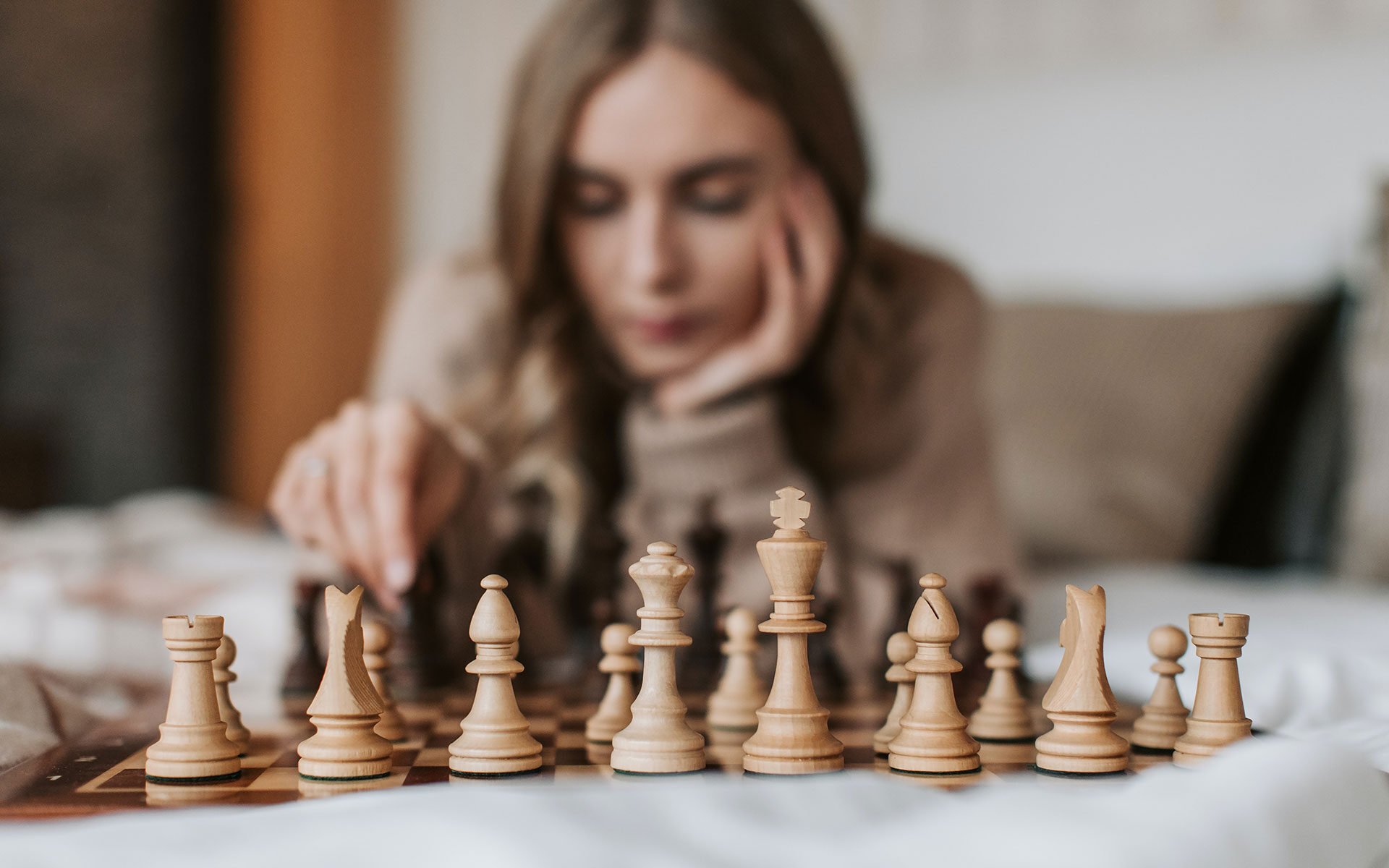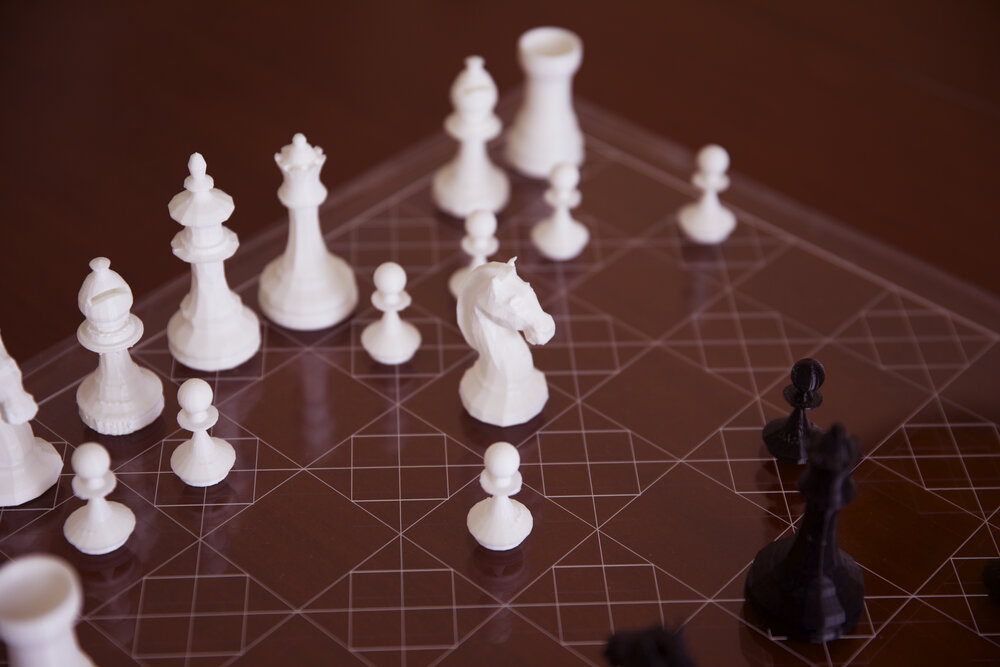Introduction
Chess, often referred to as the “Game of Kings,” is a centuries-old board game that has captured the hearts and minds of millions worldwide. It’s a game of strategy, tactics, and foresight, and one of the most critical phases in a chess game is the middlegame. In this blog, we will delve into the fascinating world of the chess middlegame, exploring its significance, key principles, and strategies to help you elevate your game.
The Middlegame Unveiled
The middlegame is the phase of a chess game that occurs after the opening moves and precedes the endgame. It is a dynamic and often complex part of the game, where both players aim to optimize their positions, develop their pieces, and prepare for the final phase – the endgame. The middlegame is the heart of chess, where plans are hatched, tactics are executed, and battles are won or lost.
Key Principles of the Middlegame
- Piece Activity: Central to the middlegame is piece activity. Effective piece coordination and development are crucial. This involves getting your knights and bishops out from their starting positions and placing them on optimal squares where they can control the board and support your plans
2. King Safety: Ensuring the safety of your king is paramount. This often involves a move called “castling,” which tucks the king away behind a wall of pawns, making it less vulnerable to enemy attacks.
3. Control of the Center: The center of the board (the d4, d5, e4, and e5 squares) is a strategic focal point. Controlling the center allows for better mobility and flexibility, providing opportunities for attacking or defending in different directions.
4. Pawn Structure: Understanding and manipulating pawn structures is another critical aspect of the middlegame. The pawn structure dictates the flow of the game, and players must decide whether to keep it closed or open it up to their advantage.
5. Initiative and Attack: The middlegame often sees players vying for the initiative, seeking to create threats and put their opponents on the defensive. A well-executed attack can lead to significant gains.
Strategies for Success in the Middlegame
1. Planning: Developing a clear plan is essential. Identify your strengths and weaknesses, as well as those of your opponent, and devise a strategy that maximizes your advantages.
2. Piece Coordination: Ensure that your pieces work harmoniously together. Knights and bishops should support one another, and rooks and queens should be on open files and diagonals.
3. Tactical Awareness: Be alert for tactical opportunities. Tactics such as forks, pins, skewers, and discovered attacks can turn the tide of the game in your favor.
4. Centralization: Strive to centralize your pieces. Centralized pieces have greater influence on the board and can pivot to different areas when needed.
5. Adaptability: Be prepared to adjust your plans based on your opponent’s moves. Chess is a dynamic game, and flexibility is key to success.
- Conclusion
The chess middlegame is where the battle truly unfolds, and mastering it is crucial for success on the board. By following key principles, formulating sound strategies, and continuously improving your skills, you can become a formidable chess player. Remember that practice and experience are the best teachers in the world of chess, so don’t hesitate to play and learn from your games. Embrace the middlegame with enthusiasm, and it will reward you with thrilling battles and the joy of intellectual challenge. Happy chess playing!
FAQs
The chess middlegame is the phase of a chess game that occurs after the opening moves and precedes the endgame. It is a dynamic and often complex part of the game, where both players aim to optimize their positions, develop their pieces, and prepare for the final phase – the endgame. The middlegame is the heart of chess, where plans are hatched, tactics are executed, and battles are won or lost.
The middlegame is crucial because it sets the stage for the endgame. It’s where players lay the foundation for their final assault or defense. Winning the middlegame often translates to a favorable position in the endgame, making it a pivotal phase in chess.
Several key principles govern the middlegame:
- Piece Activity: Central to the middlegame is piece activity. Effective piece coordination and development are crucial.
- King Safety: Ensuring the safety of your king is paramount.
- Control of the Center: The center of the board is a strategic focal point.
- Pawn Structure: Understanding and manipulating pawn structures is critical.
- Initiative and Attack: Striving to gain the initiative and launch successful attacks is essential.
To improve in the middlegame, consider these strategies:
- Planning: Develop a clear plan based on your strengths and weaknesses.
- Piece Coordination: Ensure that your pieces work harmoniously together.
- Tactical Awareness: Be alert for tactical opportunities.
- Centralization: Strive to centralize your pieces.
- Adaptability: Be prepared to adjust your plans based on your opponent’s moves.
Common mistakes in the middlegame include:
- Neglecting piece development.
- Ignoring king safety.
- Failing to control the center.
- Neglecting pawn structures.
- Overlooking tactical opportunities.
If you are interested in learning more about Summit School of Chess, please visit our website at https://summitschoolofchess.com/.
Learn more @ Chess School
Special Chess Lessons for Beginners
Chess Tournaments for Kids, Chess Tournaments Near Me
Chess Camps








